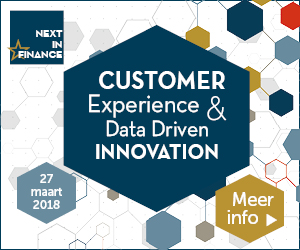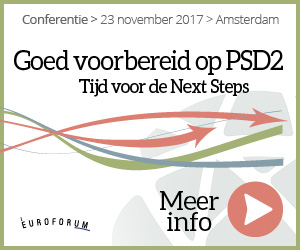 I remember a situation around 10 years ago when I was applying for a mortgage from my bank. However, when making the application I was faced with the fact that I had to complete a complicated form to apply for the mortgage. That was all fair, good and understandable up until the point that I had to gather all my financial data and complete a complicated set of financial computations to prove that the mortgage was affordable to myself.
I remember a situation around 10 years ago when I was applying for a mortgage from my bank. However, when making the application I was faced with the fact that I had to complete a complicated form to apply for the mortgage. That was all fair, good and understandable up until the point that I had to gather all my financial data and complete a complicated set of financial computations to prove that the mortgage was affordable to myself.
This annoyed me. Why?
Well, I’m not a bank ‘switcher’ and had been with the same bank since the first day of university nearly 20 years prior to that. Therefore, and I explained this to my bank, they were my only bank (I had a current account, a savings account and two credit cards with them although my mortgage at the time was with someone else) and so they had all of my financial history going back 20 years. I went on to ask that, surely, they could pull together all of my data, look at my spending habits and ascertain, more quickly than I could, if I could ‘afford’ the mortgage that I was applying for or not.
But, no. That wasn’t possible and when I protested they offered all sorts of reasons (different departments, procedure etc etc) why that was not possible.
Therefore, I was faced with the prospect of finding all of my old paper bank statements, ordering replacements for ones that I couldn’t locate and then having to set about compiling the data required by the mortgage application.
I did that, rather begrudgingly, but was left with the feeling that this could have been so much easier for me, as a customer, and for the bank.
Now, I’m a big fan of understanding customers, focusing on the relationship in the customer experience rather than the sale, joined up thinking, collaboration and starting by focusing on doing the basics brilliantly.
And, for me, the situation I faced 10 years ago would fall definitely into the ‘basics’ column.
Fast forward to today and with the advent of changes that have just come into effect with the updated version of the EU’s payments services directive (PSD2), many financial services institutions will increasingly face new entrants that will offer new services that join up services often cutting the main bank or insurance company out of any up sell or cross sell opportunity.
Some will see PSD2 as a threat. And, it is
However, I believe it is also an opportunity for incumbent financial institutions as it will force them to think and act differently and focus on the things that matter to their customers, i.e. the basics. Doing that will allow them to build a platform for greater loyalty, a broader product mix and higher profitability as they look to further enhance their customers’ experience. I’m excited to see how things develop. I hope you are too.
Written by: Adrian Swinscoe, Customer Experience Expert & Best-Selling Author of ‘How to Wow’
Customer Experience & Data Driven Innovation

Op 27 maart is Adrian Swinscoe spreker tijdens het event CX & Data Driven Innovation. Hij vertelt o.a. waar u zich als Data Driven Finance organisatie op moet concentreren om de marktleidende klantervaring te bieden die uw klanten wensen en hoe deze in de toekomst kunnen worden onderhouden. Meer informatie over het event?
Bezoek de website Download brochure
Conferentie Goed voorbereid op PSD2
 Aan de slag met de implementatie van PSD2? Op 8 maart worden de uitdagingen en mogelijkheden rondom PSD2 vanuit verschillende hoeken belicht. Benieuwd naar het programma?
Aan de slag met de implementatie van PSD2? Op 8 maart worden de uitdagingen en mogelijkheden rondom PSD2 vanuit verschillende hoeken belicht. Benieuwd naar het programma?
Bezoek de website Download brochure
 Euroforum Blog Het kennis blog van Euroforum
Euroforum Blog Het kennis blog van Euroforum





èèn Reactie
Pingback: The threat of PSD2 and how getting the basics right will help incumbent financial service providers prosper - Business-Controller.com